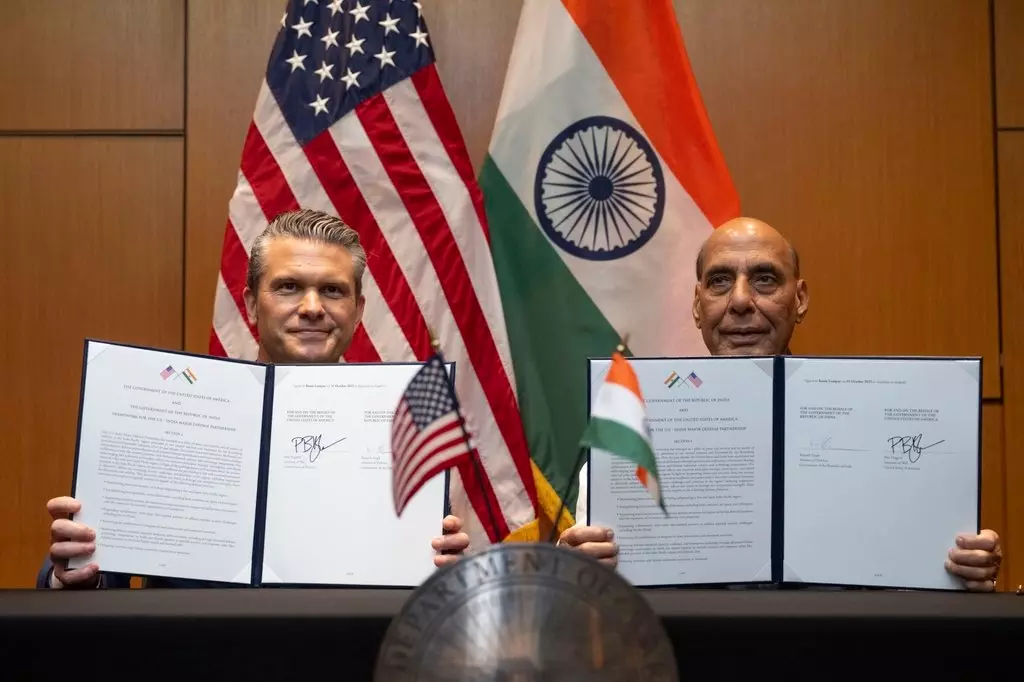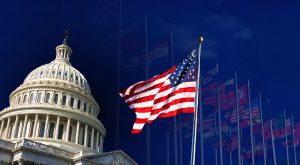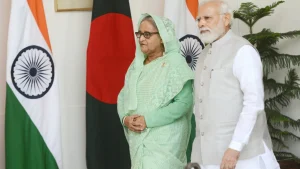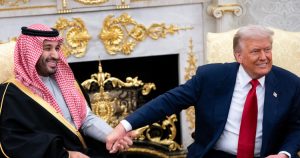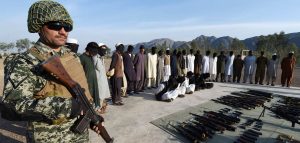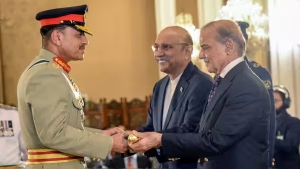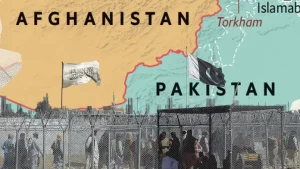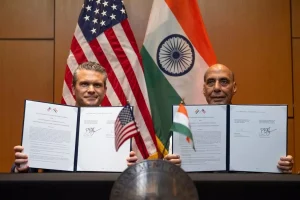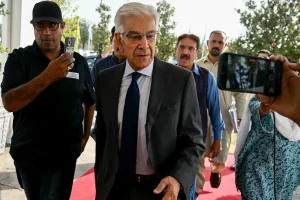The friction in Washington-New Delhi relations has remained high following Indian Prime Minister Narendra Modi’s decision not to praise his United States (US) counterpart,President Donald Trump,for his role in brokering peace between India and Pakistan. Since then, Trump has publicly ridiculed India with the acknowledgment of the shooting down of the Indian jets on repeated occasions. Meanwhile, he penalized India by imposing a 50 percent tariffs on its goods reaching the US market for buying Russian Oil. This scenario presented a grim picture of the bilateral relationship. Amid this, foreign policy pundits began to speculate on whether the strategic partnership would survive Trump’s “transactional” era. They also started to raise doubts about the future of the QUAD , a group aimed at countering Chinese influence in the Asia-Pacific region, of which both the US and India are integral parts.
However, despite the media’s portrayal of worsening relations, behind the scenes, both states were working to keep the partnership on track. This became evident from the renewal of the defense agreement for an additional ten years, effective on 31 October 2025. Following the renewal of the agreement, the military cooperation groups from both countries held bilateral talks inHonolulu, the US. They agreed to further enhancecooperation in logistics, military interoperability, co-development and co-production of technologies, intelligence sharing, and boosting coordination with each other in the Asia-Pacific region.
Just three days after the renewal ceremony, the Indian firm Larsen & Toubro (L&T) and US-based General Atomics Aeronautical Systems (GA-ASI) formalized a partnership to co-produce Medium Altitude Long Endurance (MALE) drones for the Indian military. Under the clause, the GA-ASIwill assist L&Tin the manufacturing of 87 drone units. This is a positive development for India, as the country’s indigenous aviation industry has yet to produce advanced MALE drones on its own, even to this day. One key example is the failure of the TAPAS project, which, despite 200 test flights, failed to mature and was eventually cancelled last year.
Moreover, a week later, two countries signed a much-awaited deal allowing India to procure an additional 113 GE-404 engines for its Tejas MK-IA from the US. This deal was crucial for India because it allowed Hindustan Aeronautics Limited (HAL), the principal entity responsible for rolling out the Tejas MK-IA from its assembly lines, to do so promptly. The finalization of the deal is crucial for the Indian Air Force (IAF) because it relies on HAL to deliver the Tejas MK-IA on time, thereby enabling the IAF to fill the gap left by the retirement of MiG-21 squadrons.
Going with the flow, President Trump has recently announced that the trade talks were progressing well, following India’s action to reduce its purchase of Russian Oil significantly. Trump also hinted that he may visit India next year to attend the QUAD summit at the request of his good friend, who wants him to visit his country.
This raises the key question of how the ice melted and what the future trajectory will be. To proceed further, one needs to understand that the turbulence phase that lasted between the two countries for a few months was not unprecedented, nor is the rapprochement. It was just a brief period of friction (not just a US-India issue), which is now fading away. The relationship is thriving on one key premise: to counter the growing Chinese presence in the Asia-Pacific. To accomplish this objective, both sides need the support of each other.
The US requires India’s support because it is the only nuclear-armed state in the Asia-Pacific that also has an active border conflict with China. Moreover, New Delhi projects an image to counter Beijing due to its own grand power ambitions, rather than to confront China for the sake of the US. For India, countering China on its own is not possible because New Delhi’s indigenous defense industrial base is fraught with problems. The US’s technological support to India’s defense industry is critical, and India is well aware of this. Moreover, to fund that massive defense industry requires capital and a robust economy, for which New Delhi recognizes that it cannot thrive in this domain without gaining access to the US market. This illustrates that, as both countries have a convergence of interests, cooperation will remain on track and will not derail, as it would be a loss for both sides.
For Pakistan, the equation remained the same. The fact is that the frictional period between the two countries lasted for only a few months, during which neither side took any measures that could have seriously impacted the supply of defense equipment and technological transfer from the US to India. On the contrary, this period witnessed the resumption of the supply of the GE-404 engine for Tejas Mk-1. This was a massive deal for India because it needed engines to roll out the aircraft on time from HAL’s assembly line at a time when the IAF squadron strength stood at 29, only against the sanctioned strength of 42.5. In short, the US-India defense cooperation will continue to pose challenges for Pakistan because it provides India with access to critical US defense technologies, which arefar more advanced and superior to that of the Russians and Europeans.
Finally, the renewal of the defense agreement will ensure that the deals already signed between the two countries, such as the co-production of MQ-9B drones and Stryker vehicles, the co-development and co-production of GE-414 engines, the supply of GE-404 engines, and the procurement of cutting-edge anti-tank Javelin missiles along with launchers, as well as many other deals, will not be stalled, thereby enhancing India’s military capabilities. Therefore, in light of this, it is in Islamabad’s best interest to continueits strategic partnership with Beijing to maintain balance in the region, as Indo-US cooperation is expected to increase exponentially once Trump is no longer the US president.




